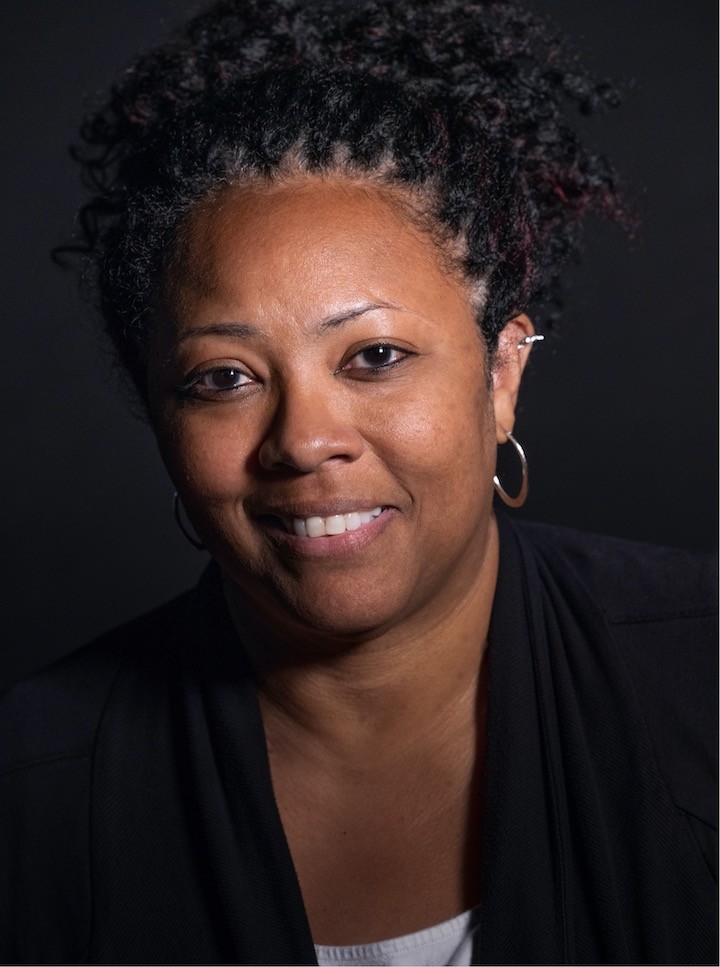We caught up with the brilliant and insightful Benita Mayo a few weeks ago and have shared our conversation below.
Alright, Benita thanks for taking the time to share your stories and insights with us today. Can you talk to us about a project that’s meant a lot to you?
In 2018, after learning about the dangers that Serena Williams and Beyoncé Knowles faced during childbirth because of improper care, I became curious
about pregnancy risks that Black women face in the US. Their stories might
be well-known, but those of women who lack access, agency, or resources too
often go untold.
In Virginia, Black women die from pregnancy complications at a rate more
than double that of white women: 79.3 per 100,000 live births. Across the US,
equal care during pregnancy, delivery, and the postpartum period is a fantasy.
Maternal health care for Black women suffers from systemic barriers and the
absence of social support.
When I learned this, I started training as a community-based doula with
Birth Sisters of Charlottesville in June 2020. Soon after, I began a photo essay
focusing on the Black maternal-health crisis, to document inequities and show
how doula support improves health outcomes.
Community-based doulas are trained to provide nonclinical support during
pregnancy, labor, and after delivery; they are also trusted members of the community
they serve, and as such are well suited to address issues related to
discrimination and disparities. They bridge language and culture gaps, serving
as liaisons between clients and service providers.
My experience as a Black woman and large-bodied yogi formed the backdrop
for my interest. It’s important, in a world spinning so quickly, to create
space to pause. I take that on as a yoga teacher—creating a safe container, a
place to find refuge, respite.
Students often credit me when they feel better, but these emotions are
misplaced. My yoga teacher expressed it this way: When you point to the moon,
you want your students to see the moon, not your finger. The benefits of yoga
result directly from being quiet enough to connect to a core self.
When supporting women during childbirth, my intention is the same—to
create and hold a safe space. I’m able to do that by listening deeply—to myself
and to the women I work with. I have felt honored to bear witness to their
journeys.
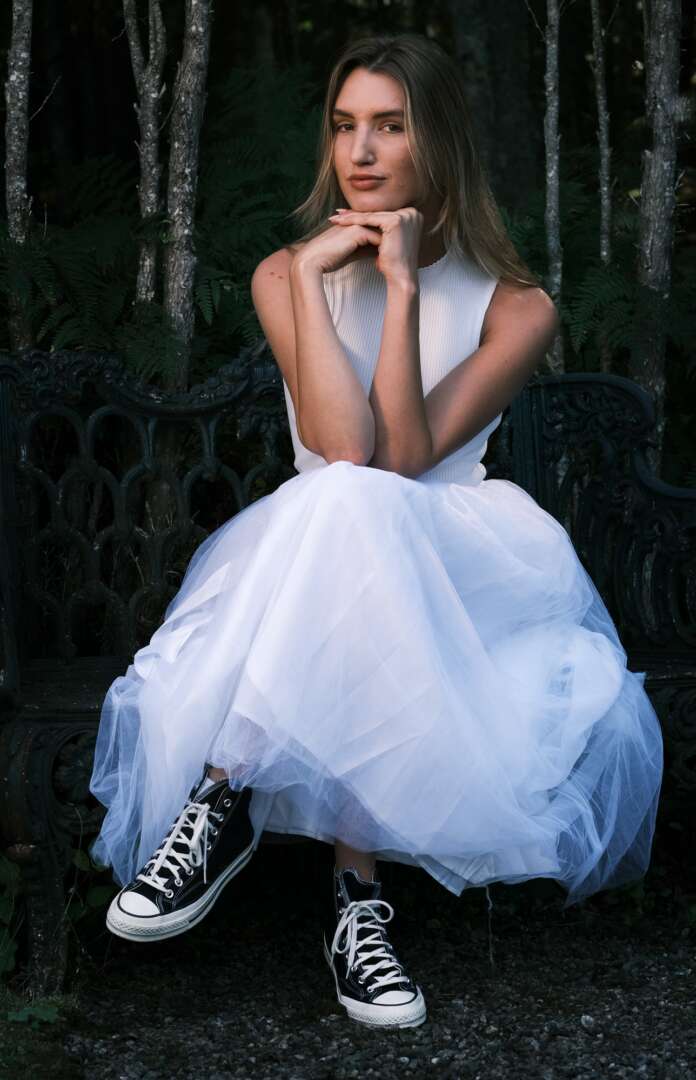
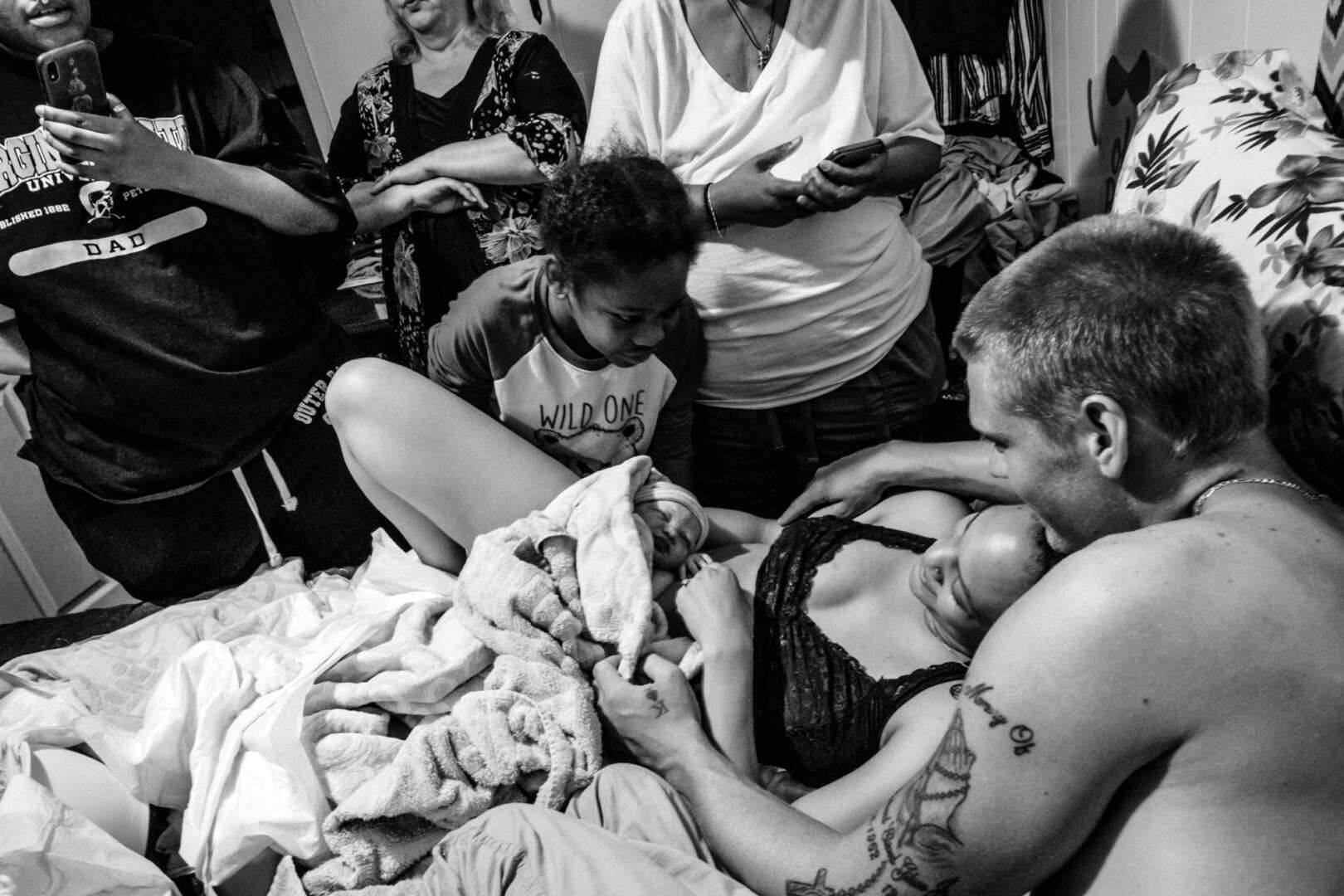
Benita, before we move on to more of these sorts of questions, can you take some time to bring our readers up to speed on you and what you do?
Benita Mayo is a visual artist based in Charlottesville VA. She is an inaugural member of the Charlottesville Black Arts Collective and a resident artist at the McGuffey Art Center. Mayo holds a B.A. in Rhetoric & Communications from the University of Virginia (UVA), and she was a fellow-in-residence at the UVA Equity Center creating a photo essay highlighting the pregnancy risks that Black women face in the US and the positive benefits of doula support.
Mayo was the winner in the 23rd Julia Margaret Cameron Award for “Women Seeing Women” and received Honorable Mention for the portraiture category.
Mayo’s work has been featured in literary publications and several galleries in nationally and recognized internationally and in private collections.
In addition, Benita is a Trauma Center Trauma Sensitive Yoga facilitator (TCTSY-F) and registered yoga teacher (RYT500) with additional certifications in Mindfulness Meditation, Yin, Restorative and Yoga of 12-Step Recovery (Y12SR).
There is a direct correlation between the projects I am passionate about and my yoga practice. Yoga was the doorway through which Benita began to develop a deeper and more positive relationship with her body. Benita uses her experience as both a larger-bodied yoga student and her teacher expertise to partner with her students in creating a welcoming and inclusive environment. The subject of yoga accessibility and body image is very complex and she offers her voice to encourage others to take up space on their yoga mat and stand in their power. She has a special interest in creating safer yoga spaces for transgender, gender diverse people and people of color
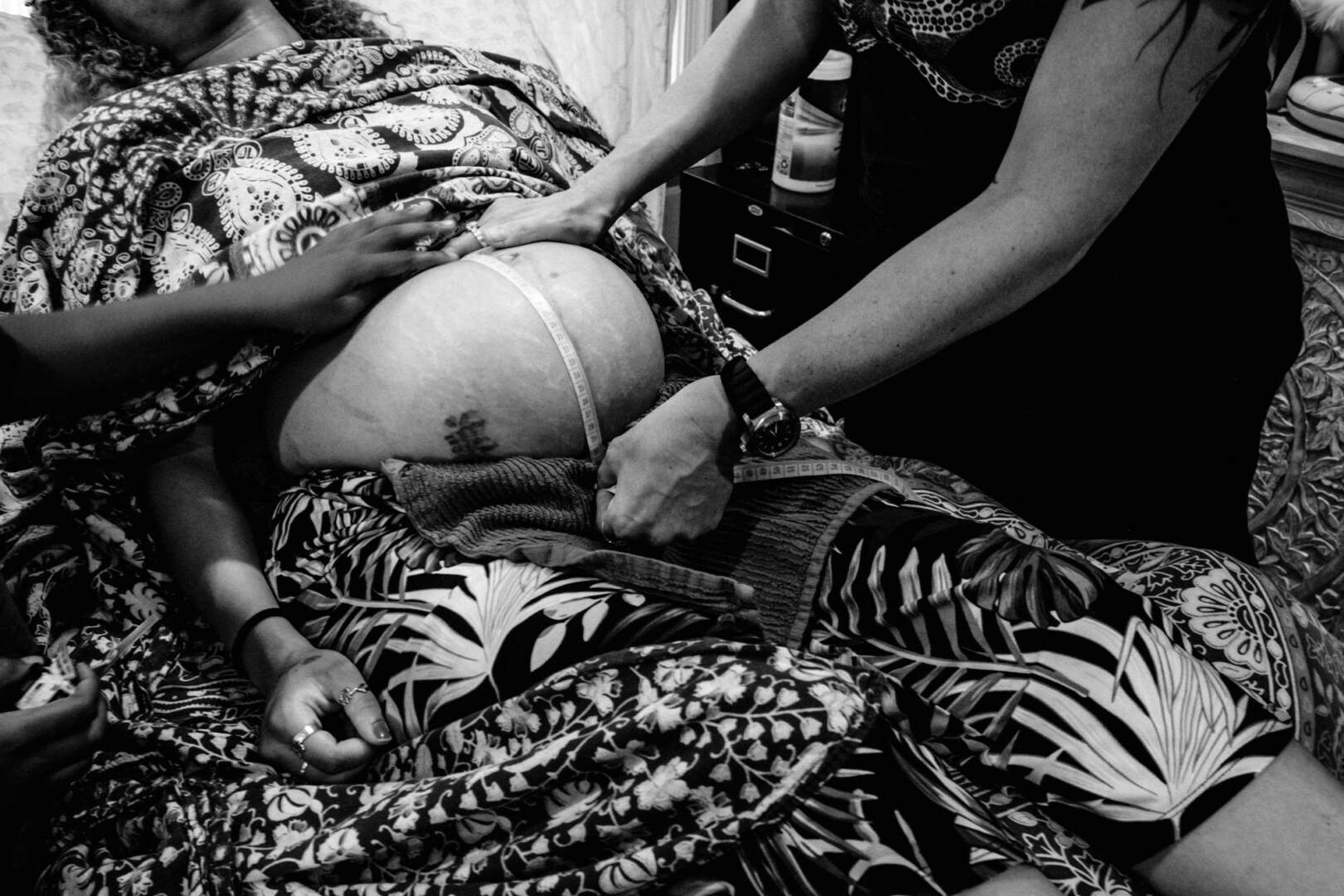

For you, what’s the most rewarding aspect of being a creative?
The most reward aspect of being an artist is that I am in a unique position to offer validation and acknowledgement to those I’m photographing. In other words, it’s another way that I hold space for them and say with my photos, “I see you”! I’m interested in projects that elevate, amplify and bring attention to that which is hidden or not readily knowable.

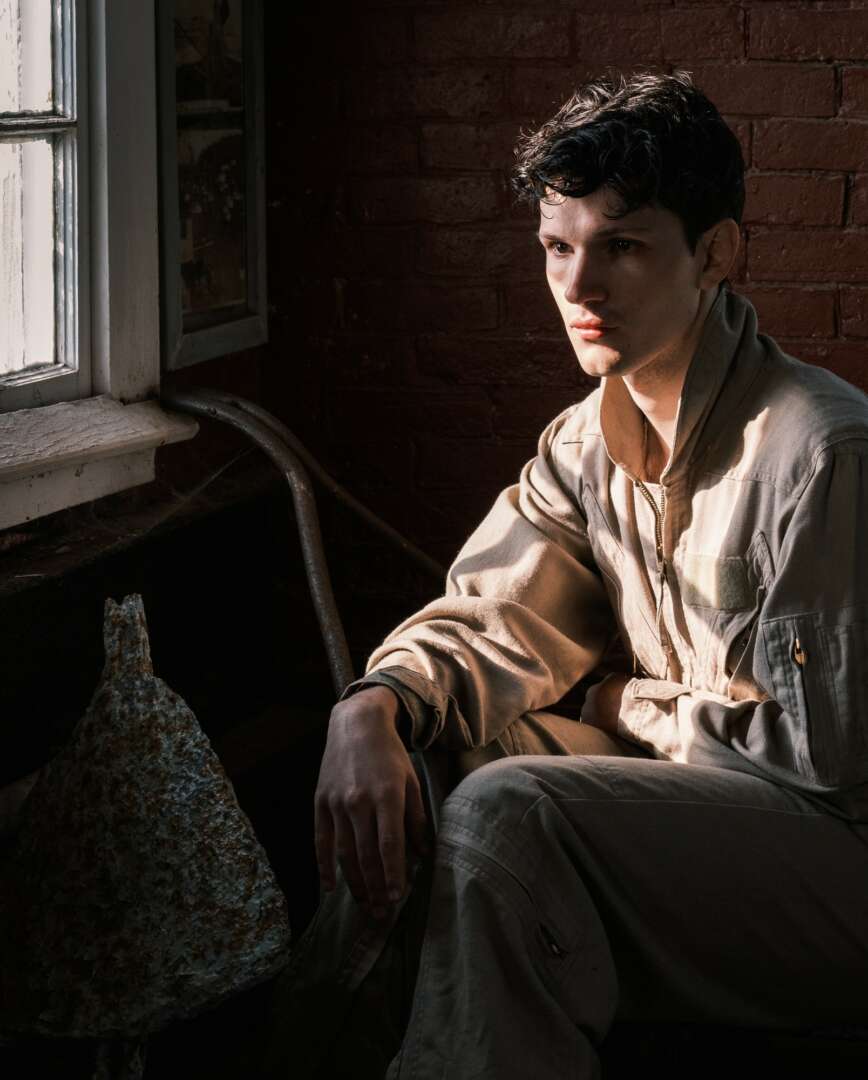
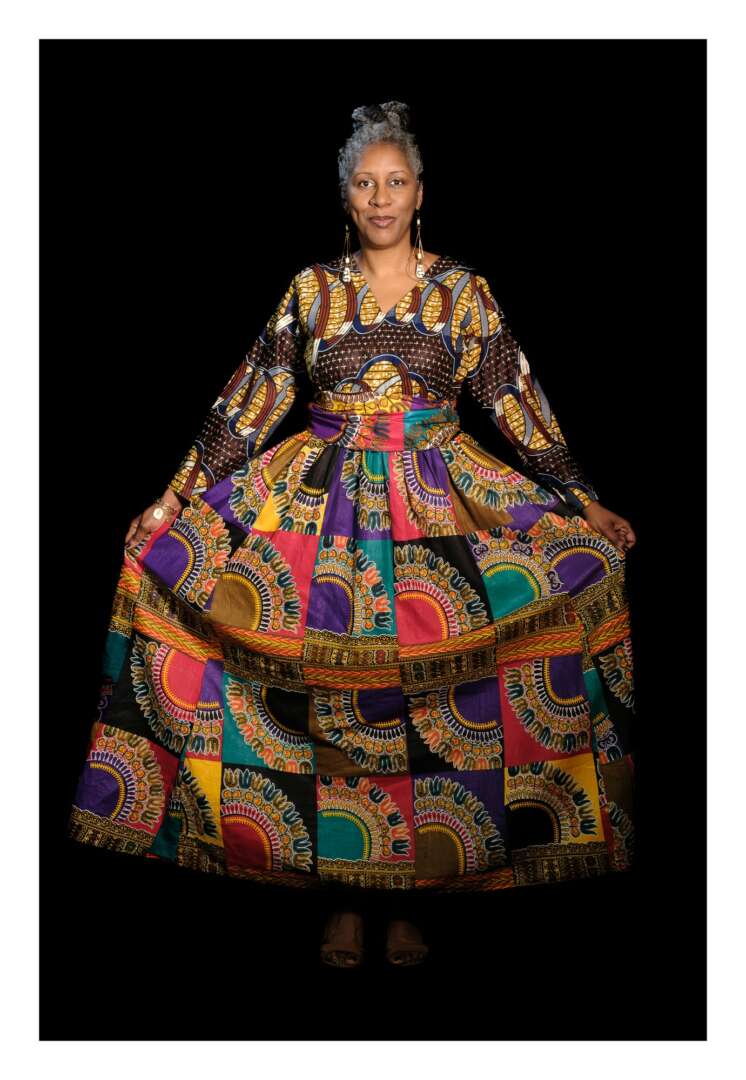
What do you think is the goal or mission that drives your creative journey?
I’d say my only goal is to remain authentic in my actions and through my photography. Extend empathy & compassion and leave the encounter better than how I found it which might mean a kind word or extending compassion, grace & gratitude. Gratitude is important; because it’s a gift when allowed to capture another person’s image. Also, above all, it important that my art practice remain meaningful.
Contact Info:
- Website: https://benitamayo.smugmug.com
- Instagram: @benitamayo
- Facebook: https://www.facebook.com/benita.mayo
- Linkedin: https://www.linkedin.com/in/benitamayo/
Image Credits
My photo taken by Greg Gorman.


